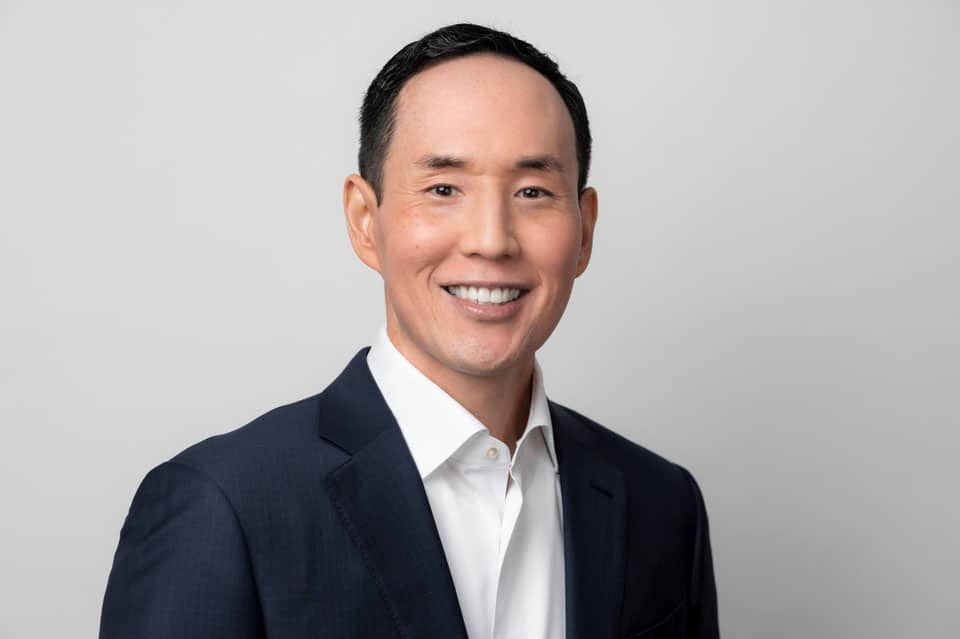5 Ways to Turn Around a Struggling Not-For-Profit

There are over 1.5 million not-for-profit (NFP) organizations in the U.S. and close to 10 million across the world. NFP organizations are extremely important and their work to make a social impact and provide a public benefit is immeasurably vital in the world we live in today. That said, not all NFPs are created equal.
Prior to entering the NFP world, I worked in finance. When my mother was diagnosed with stage-four pancreatic cancer in 2016, I made a promise to her on the last day of her life to give back and work in the non-profit field for five years. I’m still relatively new to the NFP world, however, there have been numerous parallels between finance and non-profit that have given me valuable insight to not only lead the foundation that I joined as CEO but to assist as a chairperson in numerous other organizations.
In my short time, I’ve seen a lot of what NFPs do right, and a lot of what they do wrong.
Here’s 5 ways to turn around a struggling organization:
- Listen to your community.
In finance, it’s all about the community that you serve. So in my previous career, it was really the corporate clients I worked with. In my current role, it’s the brain cancer community. It’s patients, their friends and family, doctors, nurses, researchers and anyone else whom the disease touches.The first step to turning around a struggling NFP is focusing on and listening to your community. Know what they need, know where the money your organization raises is best spent.
- Leverage technology and data.
During my time as a global division head of one of the world’s largest banks, I published a few white papers and reports about the advantages of focusing on digital transformation. One of the first changes I made at my foundation was to leverage application programming interfaces (APIs) to make giving easier for the public. I recommend using Salesforce or similar software for your customer relationship management and leveraging Stripe or a peer technology to accept multiple payment types and foreign currencies.It’s also important to access and utilize the entirety of data available to you. Instead of guessing what the community wants, if you use the data you are already collecting from social media and other sources, you can tailor your approach to current and potential future donors and other supporters. It takes a bit of time, but actually looking at the data that is available to you and using that knowledge to reach new audiences or to customize a message to existing donors is always worth the time investment.
- Move with urgency.
I’ve noticed that a lot of NFPs are bureaucratic and very slow to move. I’m not saying all of them. But when I did my due diligence, from 2016 to 2020, looking for an organization to join, I found that many just weren’t moving with a sense of urgency. And here’s the thing: If you have raised money, you need to get that money to aid your community as quickly as possible. It isn’t doing any good sitting in the bank.When you are able to use your donations in a timely manner to do the work to support your community, your donors notice. Your success hinges on how fast you can commit your funds to good use.
- Diversify your board.
If you take a look at a lot of boards of directors, there’s not very much ethnic, neuro or gender diversity. And yet if you look at the populations they serve, they are very diverse. If all the decision makers in an organization come from the same background, how will they serve a community that isn’t so homogeneous?In order to thrive, I recommend you proactively work to increase your board’s diversity to bring new perspectives and ideas. We shouldn’t be afraid of different views. Rather, we should embrace them. We need fresh concepts to constantly evolve to best serve our constantly changing communities.
- Stick to your strategy.
The last point I’ll cover is that many NFPs constantly change their strategy. But like anything, a strategy needs time to work. It’s really quite simple. You get your mission and strategy from what your community needs. Then put it into a three-year plan. You may modify it occasionally, but keep in mind that three years is the minimum that you need to have to execute a plan.
I’ve seen boards that change strategies every six months. And they may, through luck, find success. But it’s a snapshot and it’s not guaranteed forever. A better plan is to execute and stay focused on the strategy for three years. You will revisit and recalibrate, but give it time to succeed.
Written by Lance Kawaguchi.
Have you read?
Advanced Techniques for Optimizing PDFs with a PDF Editor.
Keter CEO Alejandro Pena Says a Consumer-First Ethos Drives the Outdoor Furniture Firm.
MSM Performance Academy’s Coach Leo Goldman is Helping Transform Youth Sports.
Use AI to Re-Examine Your Value Proposition by Leo Bottary.
The Future of Amazon by Robin Gaster Ph.D.
Bring the best of the CEOWORLD magazine's global journalism to audiences in the United States and around the world. - Add CEOWORLD magazine to your Google News feed.
Follow CEOWORLD magazine headlines on: Google News, LinkedIn, Twitter, and Facebook.
Copyright 2025 The CEOWORLD magazine. All rights reserved. This material (and any extract from it) must not be copied, redistributed or placed on any website, without CEOWORLD magazine' prior written consent. For media queries, please contact: info@ceoworld.biz








